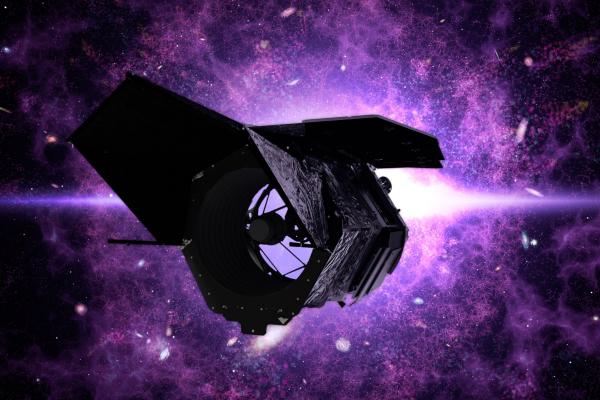
Title: Hot, Warm, Cold, and Frigid Exoplanets from the Nancy Grace Roman Space Telescope
Abstract:
The Nancy Grace Roman Space Telescope, or Roman, is NASA’s next large astrophysics mission, due to be launched in late 2026 or early 2027. Roman will have a wavelength range, aperture, and angular resolution similar to the Hubble Space Telescope, but will have ~100 times the field-of-view and ~1000 times the sky mapping speed. This means it will be able to map large areas of the sky relatively quickly, or smaller areas of the sky repeatedly with a short cadence. One of the main surveys during the Roman prime mission will be the Roman Galactic Bulge Time Domain Survey (RGBTDS), which will monitor ~2 sq. degrees toward the Galactic center with a cadence of ~15 minutes in a wide 1-2 micron filter over 6 seasons of 62-72 days, for a total survey duration of 372-432 days. The RGBTDS is expected to detect ~1500 cold bound planets and hundreds of frigid free-floating planets using the microlensing technique. It will also detect ~100,000 hot and warm transiting planets. The transit and microlensing demographic constraints with Roman will provide the first statistical census of exoplanets within a single stellar population, complete to planets with radii and masses greater than twice that of the Earth over all semimajor axes, from zero to infinity.
